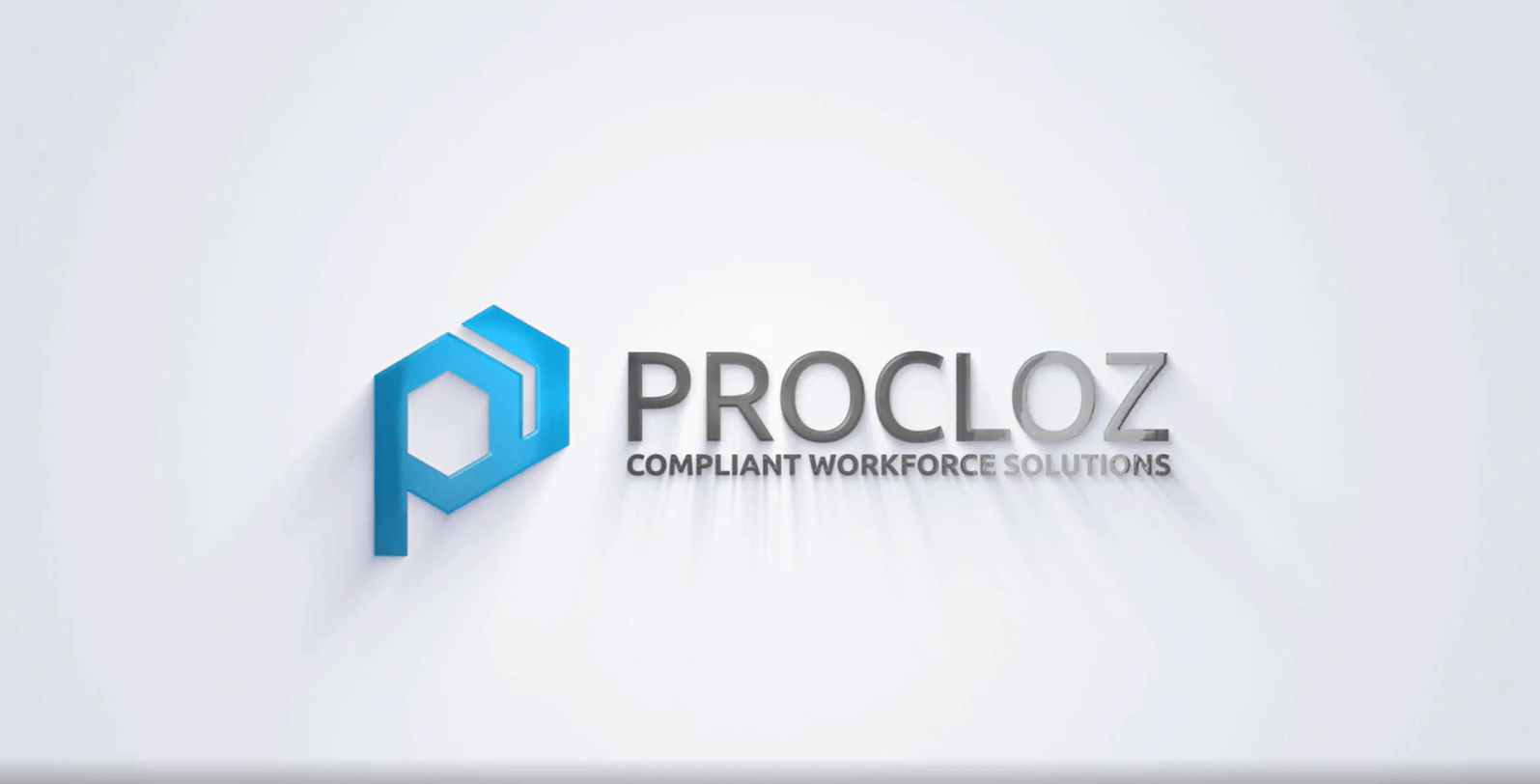Ever thought how Australian companies effortlessly handle employee tax deductions? The answer is PAYG (or, Pay As You Go withholding system). This tax mechanism ensures that the right amount of income tax is withheld from employee wages, making it easier for companies to comply with tax regulations. Understanding PAYG is key to maintaining smooth operations and ensuring accurate employee payments. In this guide, we’ll break down how the PAYG system works, its significance, and how it impacts payroll management all across the country.
Understanding PAYG Withholding
PAYG, or “pay as you go,” is a system for paying an employee’s income tax directly to the Australian Taxation Office (ATO). Unlike freelancers who handle their own tax bills, the PAYG system calculates the estimated tax obligations for each employee, allowing employers to pay this amount on their behalf. PAYG withholding involves retaining the anticipated income tax that an employee will owe and using this amount to make direct payments to the ATO. In the context of Australian payroll, it’s crucial to ensure accurate calculations and compliance with all PAYG withholding requirements when reporting to the ATO.
How Does It Work?
As an employer, the fundamental steps for managing PAYG withholding are as follows:
- Register for PAYG Withholding: Before making any payments to employees and withholding taxes, ensure your business is registered for PAYG withholding, in relation to Australian payroll.
- Collect Declarations: Obtain tax file number declarations and withholding declarations from your employees.
- Make Regular Payments: Consistently remit the withheld amounts to the ATO according to your specific schedule.
- Report Withheld Amounts: Include the withheld PAYG amounts in your regular activity statements.
- Utilize STP (Single touch payroll) Software: Implement STP-enabled software to automatically report PAYG and other payroll data to the ATO.
- Access to PAYG Information: Previously, you would provide a PAYG payment summary to your employees, but with STP, this is no longer necessary. Employees can now view this information through MyGov.
- Lodge Annual Reports: Submit your PAYG withholding annual report to the ATO by 14 August each year.
Is it mandatory for employers to implement PAYG withholding?
When compensating employees and managing payroll, nearly all employers are required to use the PAYG withholding system. You must implement PAYG withholding if:
- You have employees.
- You engage contractors or other workers who have voluntarily asked you to withhold PAYG.
- You make payments to other businesses that have not provided you with an ABN.
Initiating PAYG registration
If you are obligated to withhold PAYG, you need to register for PAYG withholding prior to making any payments to your first employee and withholding tax. To complete this registration, you can visit the Australian Business Register on the ATO website or use your ATO Business Portal. Alternatively, you can register over the phone if you prefer. Working in the field of payroll Australia, it is extremely essential to complete this registration process promptly.
When should I remit and report PAYG withholdings?
When it comes to paying and reporting withheld amounts to the ATO, it’s essential to understand your responsibilities. Here are the key obligations you need to keep in mind:
Reporting PAYG
After registering for PAYG withholding, you must report the withheld amounts to the ATO. With Single Touch Payroll (STP), the PAYG amounts you withhold will be automatically reported to the ATO each time you process payroll. However, your obligations extend beyond regular STP reporting. You are also required to include the same information in your regular activity statements and submit an annual PAYG payment summary report, which is due before 14 August each year. In relation to Australian payroll, this annual report can be completed via STP and provides a pre-filling service for your employees or their tax agents to assist in lodging their end-of-year tax returns.
Paying PAYG to the ATO (Australian Taxation Office)
- When making payments to the ATO, the withheld amounts vary based on your overall withholdings as an employer.
- Small withholders, who have withheld less than $25,000 in a financial year, are required to pay the ATO and report their withholdings on activity statements quarterly.
- Medium withholders, who have withheld between $25,000 and $1 million per financial year, must pay the ATO and report their withholdings monthly.
- Large withholders, who have withheld over $1 million in a financial year, are required to make payments to the ATO twice a week.
Understanding PAYG Installments
The PAYG installment system enables you and your business to fulfill your income tax obligations by making payments at the end of each quarter. These quarterly installments contribute to your anticipated income tax liabilities derived from your business and investment earnings for the current financial year. The ATO will notify you if you are required to make these payments. Generally, this applies to individuals, organizations, or trusts that earn a specific level of individual, gross business, or investment income, an important aspect of managing payroll Australia effectively.
However, it’s essential to be aware that special rules and exceptions exist for PAYG installments depending on various business structures, companies, trusts, primary producers, and consolidated groups. For example, if you operate as a company or super fund, you will be required to complete PAYG installments if the ATO determines an installment rate greater than zero for your GST-registered entities.
Exemptions from PAYG Withholding Requirements
You may be exempted from income withholding if your business operates as a sole trader or partnership and you withdraw funds from the business. Since these withdrawals are not classified as wages, they are not subject to PAYG withholding. Instead, they serve as provisions for your income tax obligations through PAYG installments.
Additionally, if an employee or contractor earns below the tax-free threshold, you are not obligated to withhold PAYG from their payments. Instead, they can claim a refund of the withheld amounts at the end of the financial year when filing their individual tax return. Also remember, to understand PAYG effectively, it’s essential to recognize the global payroll challenges in Australia so you can navigate the landscape with care and precision.
Takeaway
Accurate PAYG withholding simplifies the payroll process, reducing administrative burdens and minimizing the risk of errors that could lead to costly penalties. By getting this right, employers can not only streamline payroll but also ensure smooth sailing in tax compliance, fostering trust and transparency with their teams.To simplify payroll management further, Procloz is your go-to solution. With exceptional Global Payroll Services and Employer of Record Services, Procloz turns payroll headaches into seamless solutions, allowing you to focus on what really matters: growing your business and achieving your goals.













